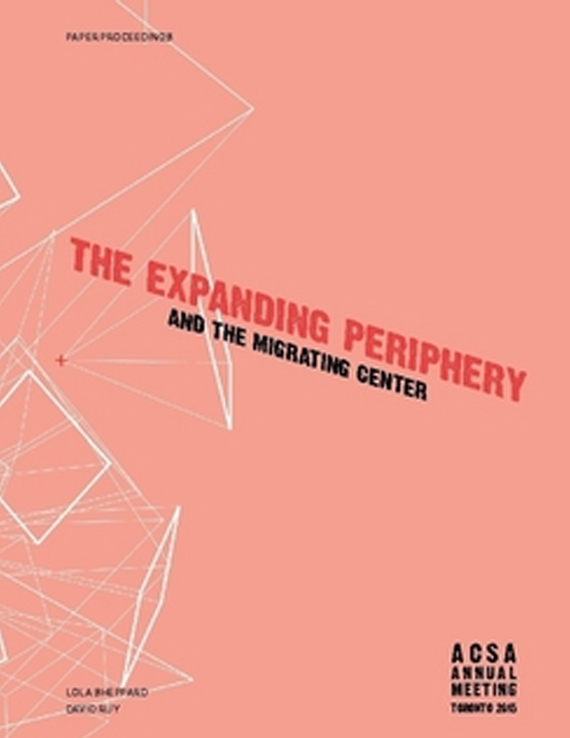Author(s): Zhongjie Lin
Each year more than 16 millions of China’s rural residents – equivalent to nearly half of Canada’s total population –move into urban areas. This massive urbanization has continued for three decades in what geographer David Harvey regarded as the “largest mass migration ever seen in human history.” Amid such dramatic demographic shift and the resulting construction boom are ambitious plans throughout China to create new towns to house swelling population and to sustain economic growth. A series of prototype new towns have been built under various governmental initiatives. They are often conceived as exemplary piece of urbanism showcasing the latest planning ideas and environmental technologies, and represent the country’s continuing effort of organized urbanization as a strategy to address complex economic and social issues. Suzhou Industrial Park (SIP) is one of such high-profiled national demo new town projects. It was created in 1994 as a joint venture between the central governments of China and Singapore to introduce the latter’s successful experience in new town development. Occupying about fifty square miles, SIP not only houses thousands of high-tech industries and businesses, but has also grown into a beautiful city with more than 700,000 residents. Its planning is characterized by advanced infrastructure, rigorous control in programs and urban form, and an extensive network of open spaces. Its residential areas are organized according to the principles of “neighborhood unit,” a concept originating from American Regional Planning yet revised with Asian density and building types through Singapore’s adaptation. An elaborate review system was established to ensure that all projects, from buildings to landscapes, are orchestrated under the master plan. This has distinguished the SIP from other new towns in China, and has been lauded as the “Suzhou model” and emulated by many succeeding projects. However, SIP is also emblematic of typical issues that impact the development of Chinese new towns. Despite its order, economic vitality, and popularity, SIP is dominated by super-blocks with corporate campuses and gated communities in the scale of automobile rather than pedestrian, and its uses are often separated.This paper focuses on Suzhou Industrial Park as a case study to examines the planning and development of “model new towns” in China. At the center of investigation through the lens of urbanism is the relationship between place making and social development. It raises important questions about the urban transformation in China: what kinds of roles do the public agencies and the private sector play in these new town projects? Has the growing awareness of sustainability become a driving force for innovative design, or does it remain political rhetoric for the marketing of entrepreneurial governance? To what extent is the force of globalization embedded in the process of place making under specific local conditions? What are the benefits and compromises of the approach of “model” in town building? Studying China’s emerging new town movement from design and policy perspectives, this paper contributes to the understanding of new patterns of urban growth in the global context.
Volume Editors
David Ruy & Lola Sheppard
ISBN
978-0-935502-95-4

 Study Architecture
Study Architecture  ProPEL
ProPEL 
